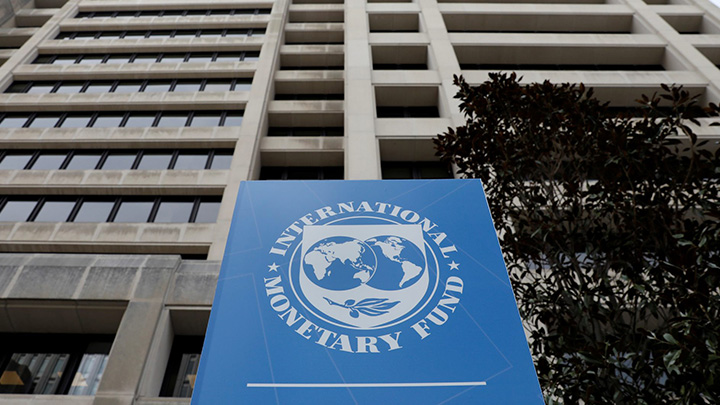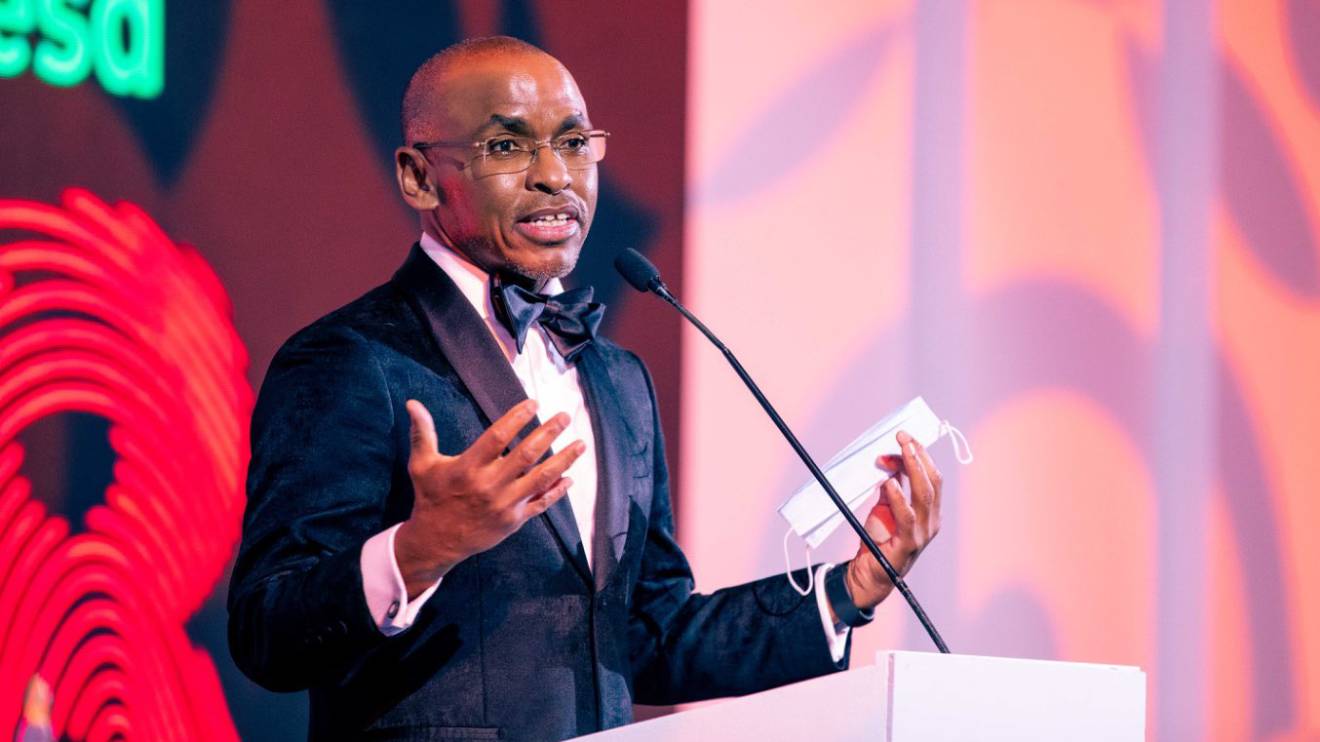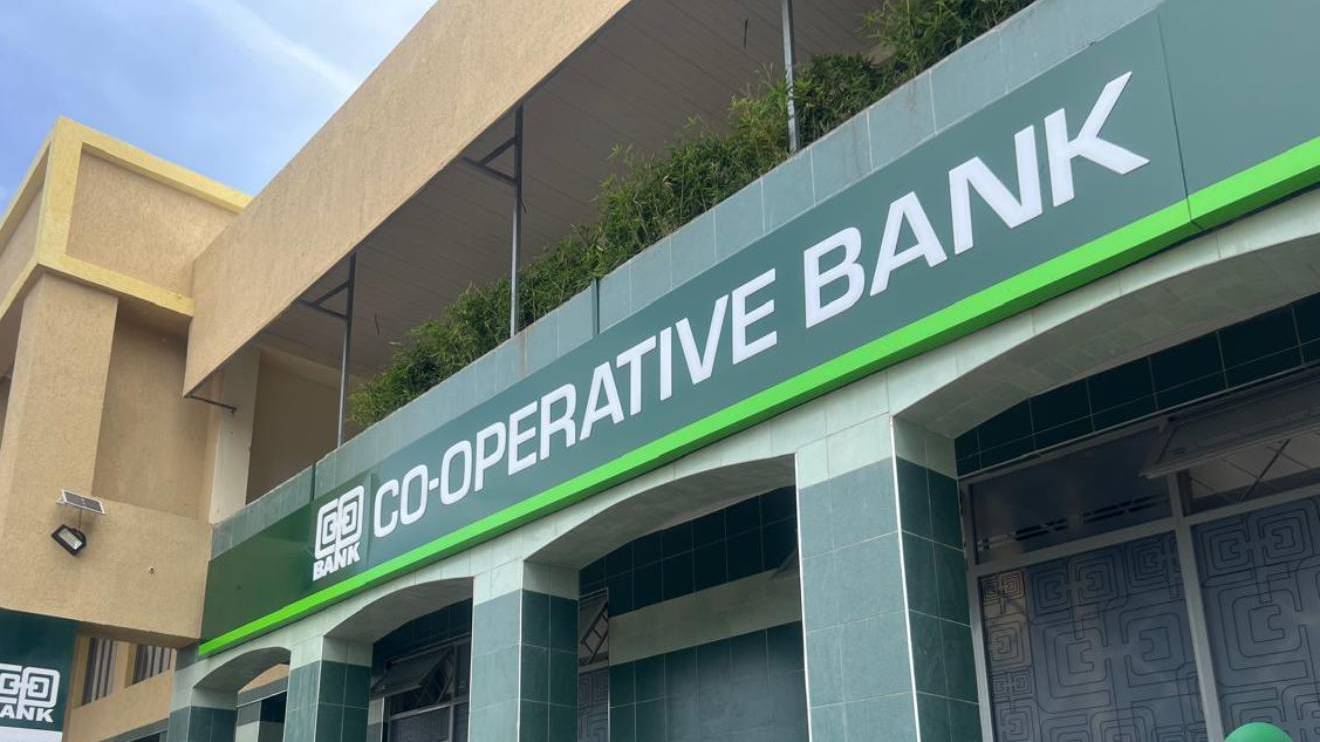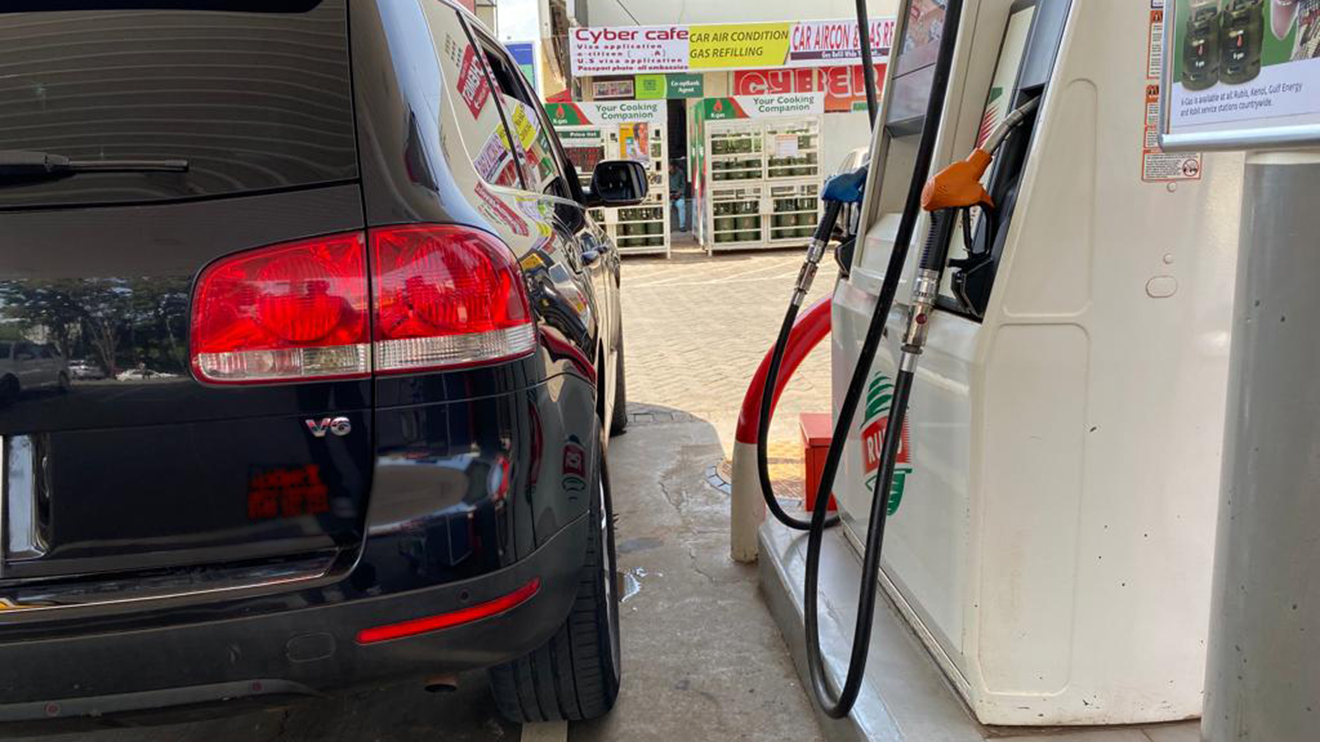Kenya's economic trajectory is intricately linked to the International Monetary Fund (IMF), a relationship resembling a complex tango.
On one hand, the IMF's recent Sh110.8 billion loan disbursement provides much-needed fiscal support.
On the other, it comes with a dance card of stringent policy prescriptions, raising questions about Kenya's long-term economic autonomy.
The IMF expects Kenya to be a significant contributor to its coffers, with the estimated Sh25 billion in interest and fees accounting for roughly 2 per cent of the fund's projected lending income in 2024.
“Fund income from Kenya is projected to account for about two per cent of total lending income in FY2024, based on a desk survey scenario for projected programme demand as of September 2023,” IMF said.
Read More
This privileged position, however, comes with a price.
The loan is contingent upon implementing tough reforms, including the removal of fuel and electricity subsidies, a move that will undoubtedly squeeze Kenyan households.
These austerity measures, while aimed at reducing the budget deficit and easing the burden of external debt, are likely to encounter social and political resistance.
With seven out of ten shillings collected by the Kenya Revenue Authority already earmarked for debt repayment, the pressure on taxpayers is palpable. The critical question, therefore, is whether the IMF's intervention represents a necessary stepping stone towards fiscal sustainability or a potentially debilitating dependence.
Can Kenya leverage this loan to fuel economic diversification and unlock sustainable growth, or will it remain perpetually caught in a cycle of debt and austerity measures dictated by the IMF? The answer lies in Kenya's ability to find its own balance within this complex dance.
The government must walk a tightrope, ensuring adherence to IMF requirements while safeguarding the well-being of its citizens.
This requires strategic investment in infrastructure, social welfare programs, and sectors with high growth potential, all while fostering an environment conducive to private sector investment. Kenya's economic future hinges on its ability to graduate from this IMF-led tango to a self-assured solo performance.
By adopting prudent fiscal management, diversifying its revenue streams, and prioritizing investments that drive long-term growth, Kenya can break free from the cycle of debt and chart its own course towards economic prosperity.
The coming months will be a critical test, showcasing the nation's ability to navigate this complex fiscal landscape and achieve a sustainable future for its citizens.








